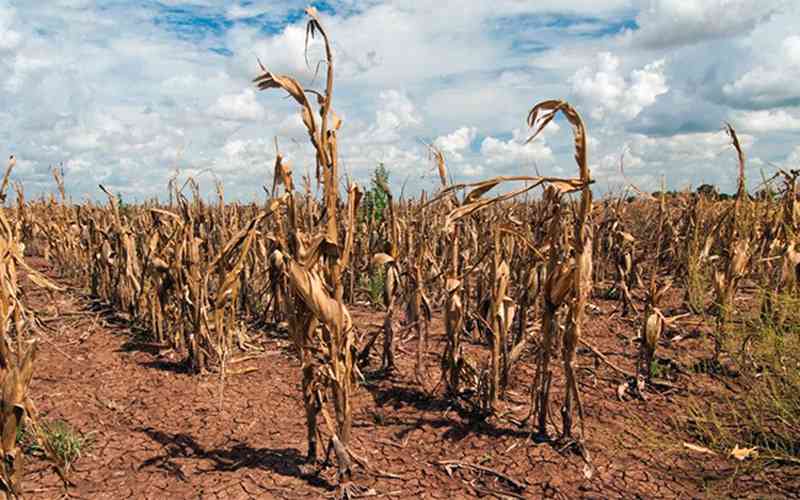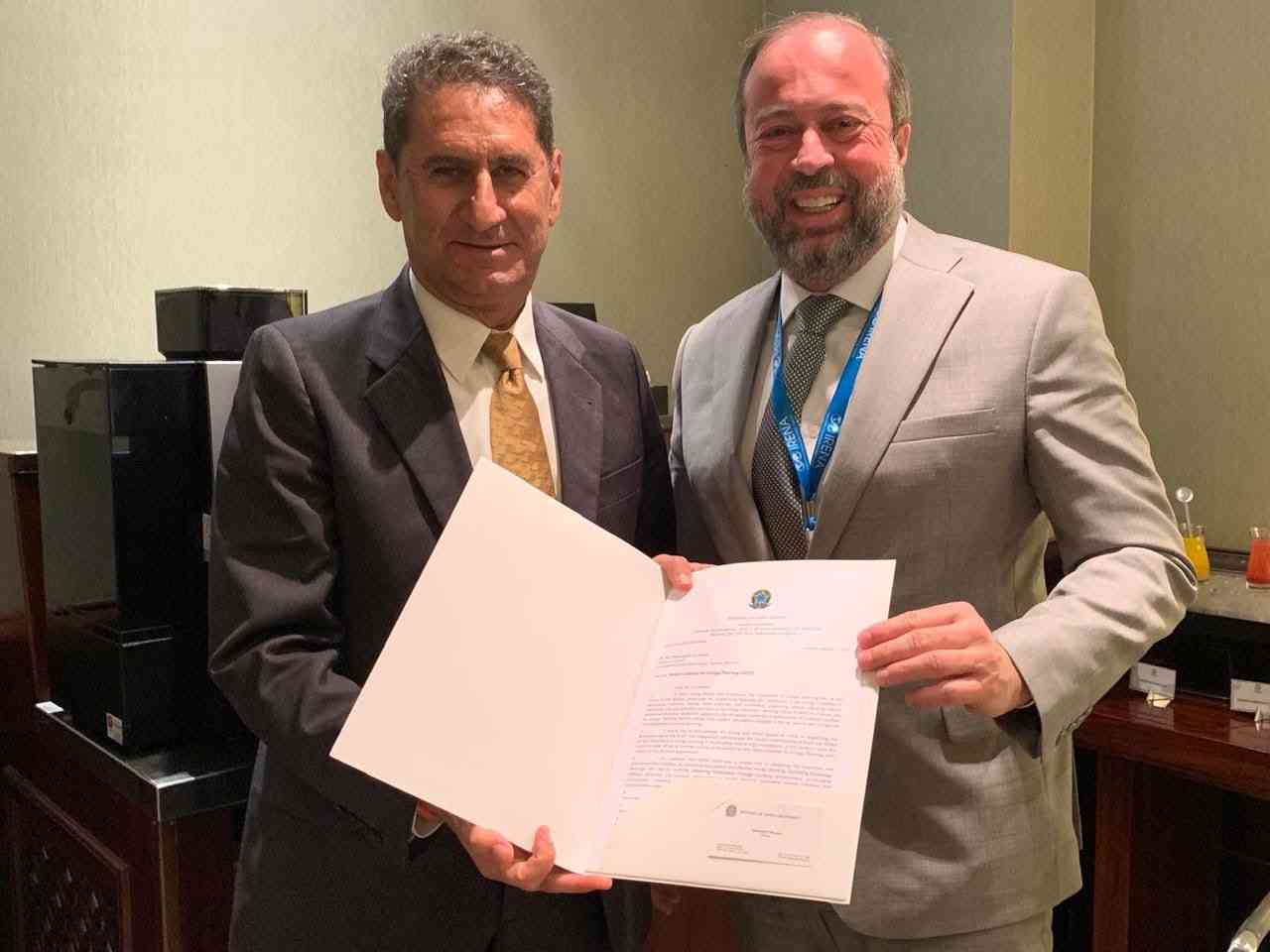
A government crop, livestock and fisheries assessment report says Zimbabwe is facing its worst drought in 40 years amid a huge maize deficit after the majority of the crops were written off during the 2023/4 agriculture season.
Zimbabwe is grappling with the devastating effects of the El Nino-induced drought that has left millions in need of food assistance.
President Emmerson Mnangagwa last month declared the drought a national disaster and appealed for US$2 billion to feed hungry citizens.
Last week the United Nations issued a flash appeal for US$429.3million to mobilise humanitarian support to feed millions of Zimbabweans.
According to the latest report of the second round of Crops, Livestock and Fisheries Assessment — CLAFA — 22023/2024 summer season, the country was facing a dire situation.
"Both agricultural production and productivity for the 2023/ 2024 agricultural season were severely and negatively impacted by, arguably, the worst drought-induced El Nino in 40 years,” the report reads.
“The whole of the southern African region experienced an El Nino season, although Zimbabwe seemed to be the epicentre for this phenomenon.”
Maize cultivation saw a 7% decrease from the target planting area, indicating the challenges posed by the prolonged dry spell, the report said.
- Mr President, you missed the opportunity to be the veritable voice of conscience
- ED to commission new-look border post
- Zanu PF ready for congress
- EU slams Zim over delayed reforms
Keep Reading
"The 1,777,540 hectares of maize, represented a 7% reduction in the target area of 1,782,000 ha, and was 12% lower than last year, reflecting two aspects: agroecological tailoring and a shift to traditional grains in drier regions,” the report said.
"There was a 16% increase in plantings of traditional crops, from 533 625 ha to 621048 ha.
“Cumulatively, the area under cereals [maize, traditional grains (pearl and finger millets, and sorghum)] was 2 496 201 ha, and was expected to yield 2 579 237 metric tonnes against a planning requirement of 2 200 000 MT.
“A reduction in production by 77% to 744,271 MT is estimated for the 2023/2024 summer season indicating a major shortfall for both food and feed.”
Finance minister Mthuli Ncube last week told Parliament that the government will be forced to rearrange the 2024 national budget to cover food imports to avert hunger-related deaths.
The country also witnessed livestock deaths with 9,941 cattle succumbing to the harsh conditions at the onset of the season.
"The most affected provinces were Matabeleland South (Mangwe and Bulilima districts) and Matabeleland North (Tsholotsho and Binga districts)," the report reads.
"Forty-seven percent (47%) of the rural wards will face critical grazing shortage from July onwards while 12% have adequate grazing to the next season.
“Only 24% of the wards will have enough water to last until the next season, while 76% of the wards will face water challenges."
The report further revealed that despite the presence of over 10,600 dams capable of irrigating two million hectares of land, the country's irrigation infrastructure remains underutilised.
"With over 10 600 dams capable of irrigating 2 million ha, and yet with only 217 000ha functional irrigation in 2024, Zimbabwe has under-invested in this vital enabler and has suffered the consequences through threats to food security,” the report said.
“Zimbabwe is predicted to become drier in the decades ahead, with increased frequency to extreme weather events, so climate-proofing agriculture through accelerated irrigation development must be pursued with the vigour and urgency that it deserves.
"The targeted 350 000 ha summer irrigation by 2025 cannot be achieved with a “business as usual approach”.
El Niño, a climate pattern characterised by warmer-than-average sea surface temperatures in the Pacific Ocean, has inflicted havoc on Zimbabwe's agricultural sector, crippling crop yields and exacerbating already dire food insecurity.










